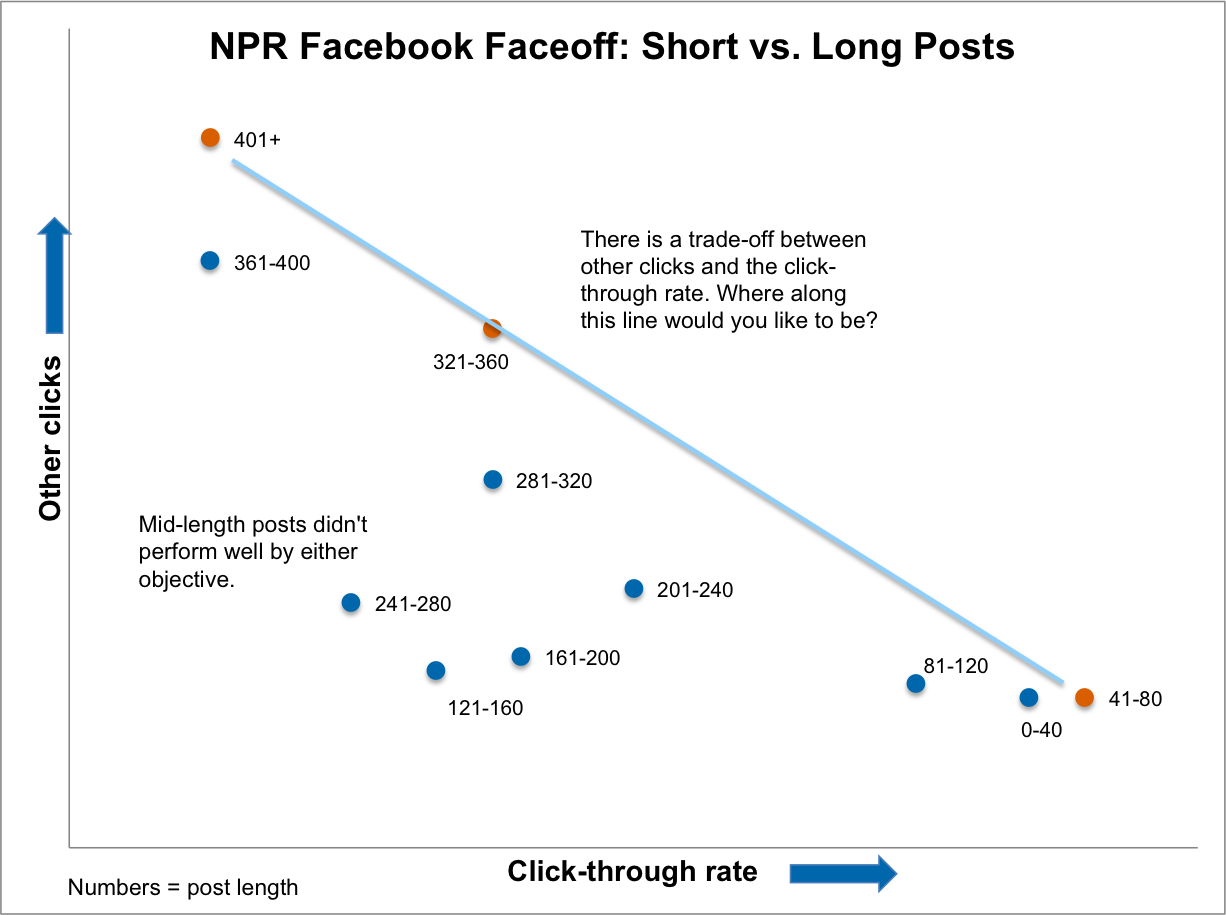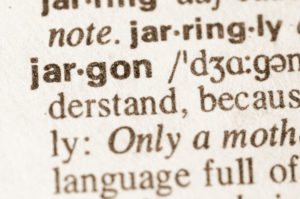
[The Language Lab makes it easy for you to put research to work for you and your mission. Each installment gives you research-backed intel on one specific way you can work happier, smarter, and more effectively. To stay in the know, sign up to get Language Lab missives delivered directly to your inbox.]
********************
The One Thing You Need to Know: If you want your messaging to work, get super clear on for whom and for what you are optimizing.
What Works?
With the Claxon Method, we encourage organizations to identify one organizational goal and then, based on that, one marketing objective. This clarity of focus allows you to optimize your little heart out.
But sometimes, you have two or more objectives you have to take into account. What do you do then? You do a little thing called multi-objective optimization. (Scary term, I know. But not a scary concept AND extremely useful. Stick with me.)
Even if you don’t know the term, you have experienced multi-objective optimization first-hand. Multi-objective optimization simply means making the best decision when faced with two or more conflicting objectives.
For social sector organizations, you might recall Sharon Oster, in her 1995 book Strategic Management for Nonprofit Organizations (chapter 7 on product mix and pricing), talking about a Product Portfolio Map, and suggesting you plot different programs according to contribution to mission and contribution to economic viability. It was a ground-breaking way to look at the dilemma of the double bottom line. Although she didn’t use the term, she was suggesting you do multi-objective optimization.
This type of analysis isn’t limited to the trade-off between mission and revenue, however. You may need to optimize your website for two different audiences or encourage your supporters to both donate and volunteer. Or maybe you’re like NPR and need to figure out whether short or long Facebook post works best.
Real-world example: NPR wondered what length of Facebook post worked best for them. Initially, their stated objective was driving traffic to their site. So they were looking at click-thru rate. Fair ‘nuff.
But their mission is to “…create a more informed public — one challenged and invigorated by a deeper understanding and appreciation of events, ideas and cultures.” That got them wondering: isn’t it possible that someone could learn just as much from a longer post even if they didn’t go to the site to learn more?
And just like that, NPR had two objectives for which they were optimizing: click-through rates and ‘show more’ clicks on longer posts. But rather than say which one really was more important, they mushed things together and came up with an “adjusted click-thru rate”.
After the mushing, they decided they should do more posts that are under 120 characters, but still do some longer posts now and again. This is a fine decision if click-thru is their tippy top priority. If people learning is their tippy top priority, then the longer posts might be the better way to go. Either way, the question is: what’s the trade-off between longer and shorter posts?
Bottom Line:
We live in a world of trade-offs. Keep your objectives prioritized. If you have to re-write your website and get an annual report out the door, that’s a lot of words to crank out (trust me, I’ve been there!). What’s the trade-off between spending more time one over the other? How much are you willing to sacrifice on the annual report in order to write dazzling website copy? Or vice-versa.
Often, a chart is the easiest way to see where you want to land. If we plot the NPR example, it looks like this:

Want more?
If we had had NPR’s raw data, we would’ve created a 3D plot. Cuz those are super fly! If you want to create a super cool 3D plot of your own, check out the spiffy Plot.ly. If that sounds scary BUT you still want to know what length your posts should be, or figure out how to optimize your words for another set of competing priorities, hire us. We like this stuff.
 Claxon University is hosting our first-ever FREE webinar on August 24 at 1pm PST. Will you join me? I’d love that.
Claxon University is hosting our first-ever FREE webinar on August 24 at 1pm PST. Will you join me? I’d love that.










